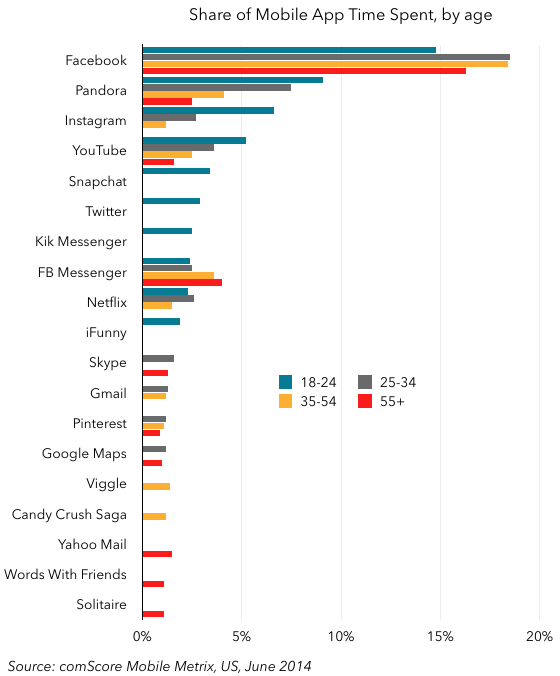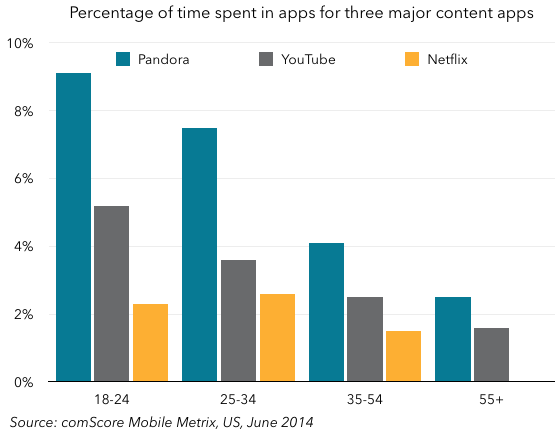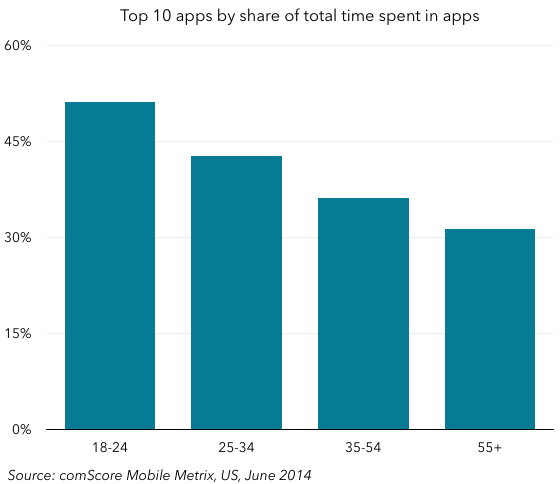This afternoon, Google announced a restructuring of its business which will eventually see the current core Google business sit as a subsidiary within a new parent company called Alphabet. Google’s blog post about the move is here, and the SEC filing with some additional details and legalese is here.
Berkshire Hathaway remarks in context
This move finally puts the comments Larry Page made recently about Berkshire Hathaway in context – I wrote about those remarks previously here. As a reminder, Page had said to some shareholders that he saw Berkshire Hathaway as a model for Google to emulate, and in that piece I wrote about all the ways Google isn’t like Berkshire Hathaway, and why that model would be wrong for Google, and yet here we are facing the prospect of a conglomerate called Alphabet owning Google and a variety of other unconnected businesses.
The reasons for the move
There are two ways to explain this move. The first can be described as personal: Larry and Sergey have quite clearly been increasingly uninspired by merely running a search engine and advertising business, and this finally aligns their job titles with what they actually want to spend their time doing. It also gives Sundar Pichai a well-deserved promotion and presumably prevents him from leaving for a CEO job somewhere else. However, it would be an irresponsible thing to do to restructure a company as huge as Google simply to give three individuals the jobs they want.
Hence, we have to look at financial reasons, and I think there are a couple of them here. Firstly, this is kind of like Amazon’s recent AWS move in reverse. When Amazon broke out AWS in its financial reporting recently, it took a small but rapidly growing part of the business that was buried in the overall financials and allowed it to shine in its own right, rather eclipsing the core business in the process. Google has to some extent the opposite problem: its core business is massively profitable, but it has a growing number of non-core businesses which are masking its true performance. By breaking out the core Google business and the rest in its financial reporting, Google allows the core business to shine (I’d expect that core business to have better profitability and potentially growth numbers than Google as a company reports currently). By contrast, it will finally become clear quite how large and unprofitable all the non-core initiatives at Google are, which might well increase pressure from shareholders to exit some of those businesses. I suspect that the positive reaction in the stock market to today’s announcement is a sign that Larry Page and others have signaled to major shareholders that something like this would be happening.
The other financial reason is that separating subsidiaries in this way loosens the organizational structure and allows much easier addition and subtraction of those entities – in other words, acquisitions and spinoffs. Until now, any large acquisition contemplated by Google had to be absorbed by the core business or awkwardly separated out as Motorola was during its brief time at Google. Neither is ideal, but allowing acquisitions to sit in an “Other” bucket at Alphabet corporate level while leaving Google intact and separate might be a more attractive way of managing acquisitions going forward. At the same time, any subsidiary that either becomes so successful that it’s worth spinning off as its own company or comes to be seen as non-core is much more easily disposed of because it’s already operating somewhat independently.
A conglomerate needs an investment strategy
As I mentioned in that earlier piece, one of the biggest problems with seeing Google as a conglomerate is that it doesn’t share one of the key characteristics of other conglomerates: its subsidiaries are able to operate independently. Yes, it’s clear that Larry Page wants Google’s various subsidiaries to be operationally independent, with their own CEOs making decisions about their businesses, but it’s also clear that in the vast majority of cases they won’t be able to financially independent. In other words, those CEOs who are supposed to be independent will be going cap-in-hand to Alphabet management every quarter asking for more money to fund their operations.
But to my mind the bigger issue is that, as Google shifts from being a single company to a conglomerate, a mission statement such as organizing the world’s information needs to be replaced by an investment strategy, and it also needs an investment manager. One of the defining characteristics of Berkshire Hathaway is that it’s very transparent about the principles on which it’s managed (see the Owner’s Manual written by Buffett in 1999). Its management is both highly skilled in making investments but also highly focused on achieving specific financial goals with those investments. By contrast, it’s not clear that Larry Page or any of the other senior managers at Google has this skillset, or that there’s any investment strategy here other than doing things that Larry and Sergey find personally interesting or “important and meaningful” (to borrow the phrase they use in the blog post). That’s a poor guide to an investor as to how to think about the company and its financial performance going forward. The restructuring won’t happen until later this year, but one of the things that Google’s management will have to do between now and then is explain what their investment strategy is.
A quick note on transparency
I’ve seen some people suggesting that Google will provide more reporting transparency as a result of this move. That’s true, but only insofar as Google will now report the part of the company that’s still called Google as a separate entity from the rest. As Mark Bergen reports at Recode, only Alphabet and Google will report their results – the rest will presumably just be in a big pile called “Other”. I’d assume that the Google segment will continue to break out the Google Websites, Network, and Other buckets as at present, but anyone hoping for more data on the performance of Android, YouTube, or other bits of that Google business will likely be disappointed. It’s going to continue to be as opaque as it always has been, I suspect.



